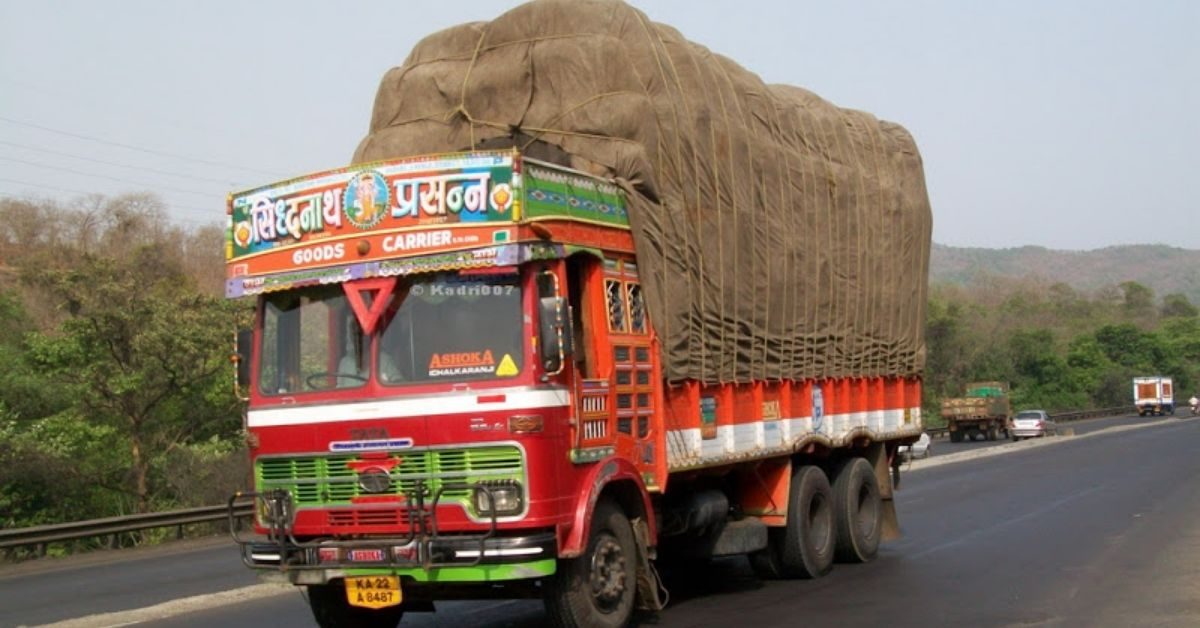Exports from Bangladesh to its two South Asian landlocked neighbours have remained much below the potential in the absence of a motor vehicle communication agreement between Bangladesh and India, said officials.
According to businesspeople, Bangladesh has a huge potential to cater to the needs of importers in Nepal and Bhutan because of the short distance between Bangladesh and the two landlocked Himalayan countries.
But the closest land ports between Bangladesh and the two nearby countries remain off-limits to each of the three nations due to the lack of a mere 52-kilomatre transit facility through India, known as the Siliguri Corridor.
Bangladesh businesses now send their exports to Nepal and Bhutan through Indian territory under the motor vehicle agreements between India and Nepal and Bhutan.
However, the export consignments are carried by vehicles of India, Nepal or Bhutan from Bangladesh land port Banglabandha, said commerce ministry additional secretary Noor Md Mahbubul Haq.
Bangladeshi vehicles are not allowed to enter Indian territory as there is no agreement between the two countries, he said.
The lack of a deal allowing Bangladeshi vehicles through India is preventing the country’s export potential to Nepal and Bhutan from reaching the optimum level, said Bangladesh business representatives.
‘Our exports to Nepal and Bhutan could have been much higher if Bangladeshi trucks could carry the goods,’ said Walton Group deputy director Abdur Rauf.
Changing transports at the land port causes delays also, he said.
According to the Bangladesh mission in Nepal, bilateral trade relations between Bangladesh and Nepal are guided by the General Trade Agreement that was concluded on 2 April 1976.
Under this agreement, both countries accord ‘Most Favoured Nation’ treatment to each other.
However, the value of bilateral trade remains much less than the expected level, with the present trade hovering about $50 million — consisting of $40 million export from Bangladesh and $10 million export from Nepal.
Major export items from Bangladesh to Nepal include garments, jute products, oil cake, potato, food products, electrical and electronic items, furniture, batteries and pharmaceuticals.
The Pran-RFL Group, RahimAfrooz and Walton have succeeded in popularising their products in both Nepal and Bhutan.
Pran-RFL Group marketing director Kamruzzaman Kamal said that costs of exporting goods to Nepal and Bhutan would significantly come down if Bangladeshi tucks were allowed by India to carry goods to the countries through it.
To make exports to Bhutan, vehicles carrying goods from Bangladesh have to reach the Burimari land port from where foreign trucks transship the goods to Joynagar border of Bhutan.
Bhutan enjoys trade surplus with Bangladesh.
In 2019, Bhutan exported goods worth $81.27 million to Bangladesh while Bangladesh sent $8.33 million exports to Bhutan.
Bangladesh made a proposal in 2015 to incorporate a clause —allowing transit to third countries — in the trade pact existing with India since 1972 to solve problems faced by the country’s exporters.
But the proposal is yet to materialise, said Mahbubul Haq.
The proposed motor vehicle agreement among Bangladesh, Bhutan, India and Nepal in 2015 also made exporters hopeful about a positive breakthrough in easing the existing barriers.
But the Bhutanese parliament expressed unwillingness to ratify the BBIN Motor Vehicles Agreement, leaving Bangladesh, India and Nepal to look for alternative ways.
In March, India, Bangladesh and Nepal at a meeting in Delhi finalised an enabling MoU for the implementation of the BBIN Motor Vehicles Agreement.
Bhutan attended the meeting as an observer.
Centre for Policy Dialogue research director Dr Khondaker Golam Moazzem said that the signing of the proposed MoU on the BBIN Motor Vehicles Agreement would result in a positive breakthrough for Bangladeshi businesses.
If the MoU is inked, Bangladeshi trucks can carry goods to Nepal and Bhutan, he said.
The Asian Development Bank has been promoting connectivity between Bangladesh and Nerpal and Bhutan under its initiative called South Asia Subregional Economic Cooperation Program since 2001.
At least five projects have been implemented in Bangladesh with ADB loans under the SASEC Program, which are aiming at facilitating access to sea ports by landlocked Nepal and Bhutan.
The projects include the expansion of the 110km Rangpur–Teesta–Burimari highway into a four-lane road and the expansion of the 120km Rangpur–Banglabandha highway.
The ADB is also financing a corridor between Joydebpur and Tangail to improve connectivity between Dhaka and the northern regions so that cargos from Nepal and Bhutan can smoothly reach Chattogram and Khulna.
Bangladesh has two major sea ports in Chattogram and Khulna.







